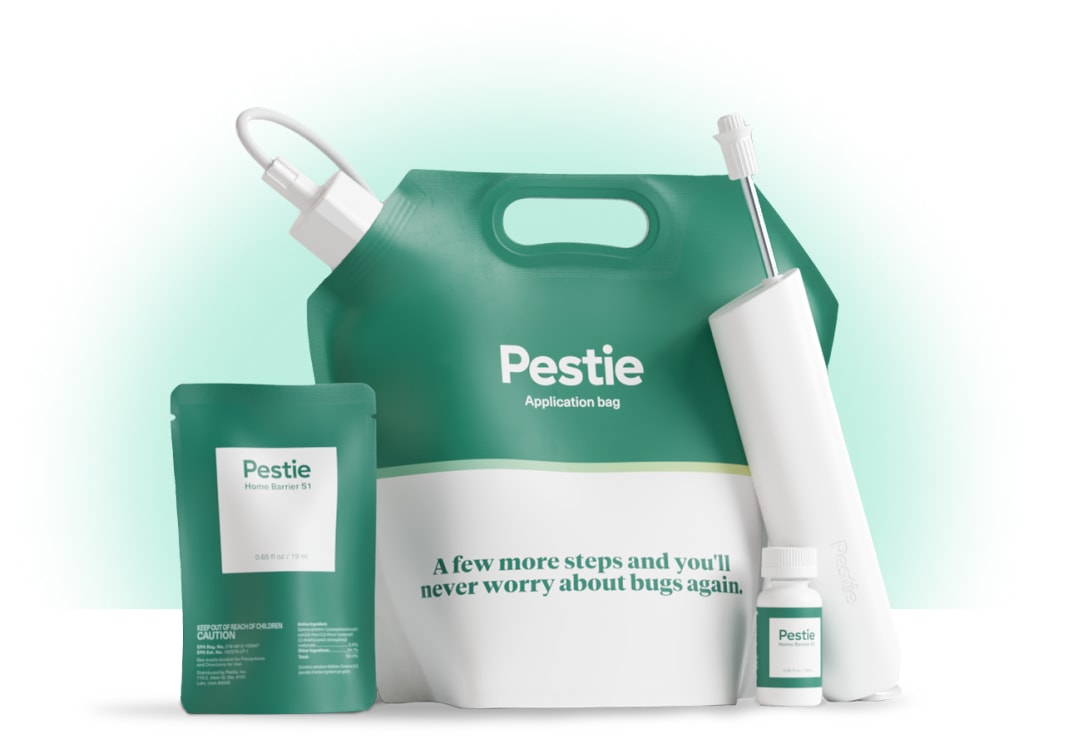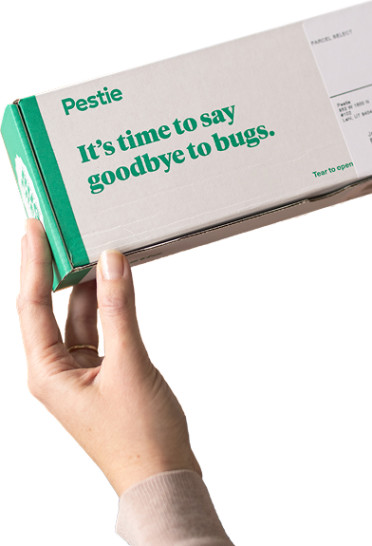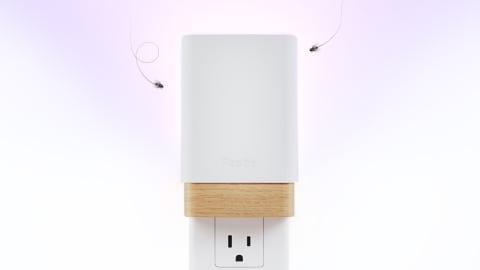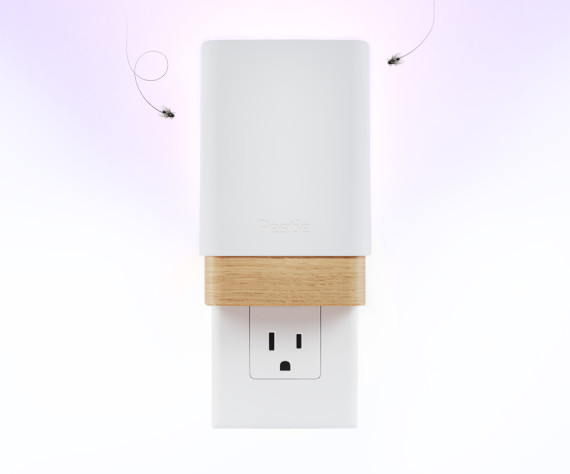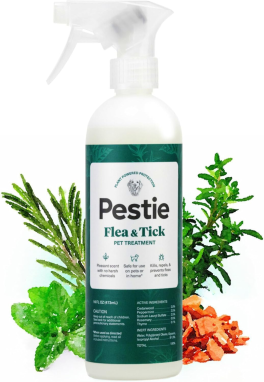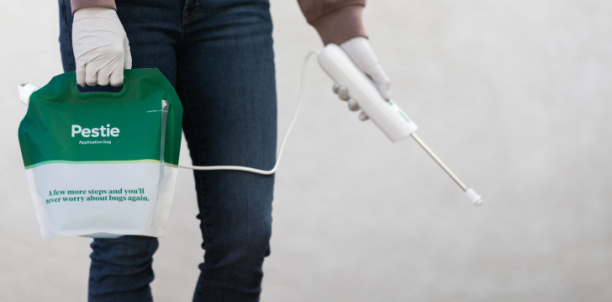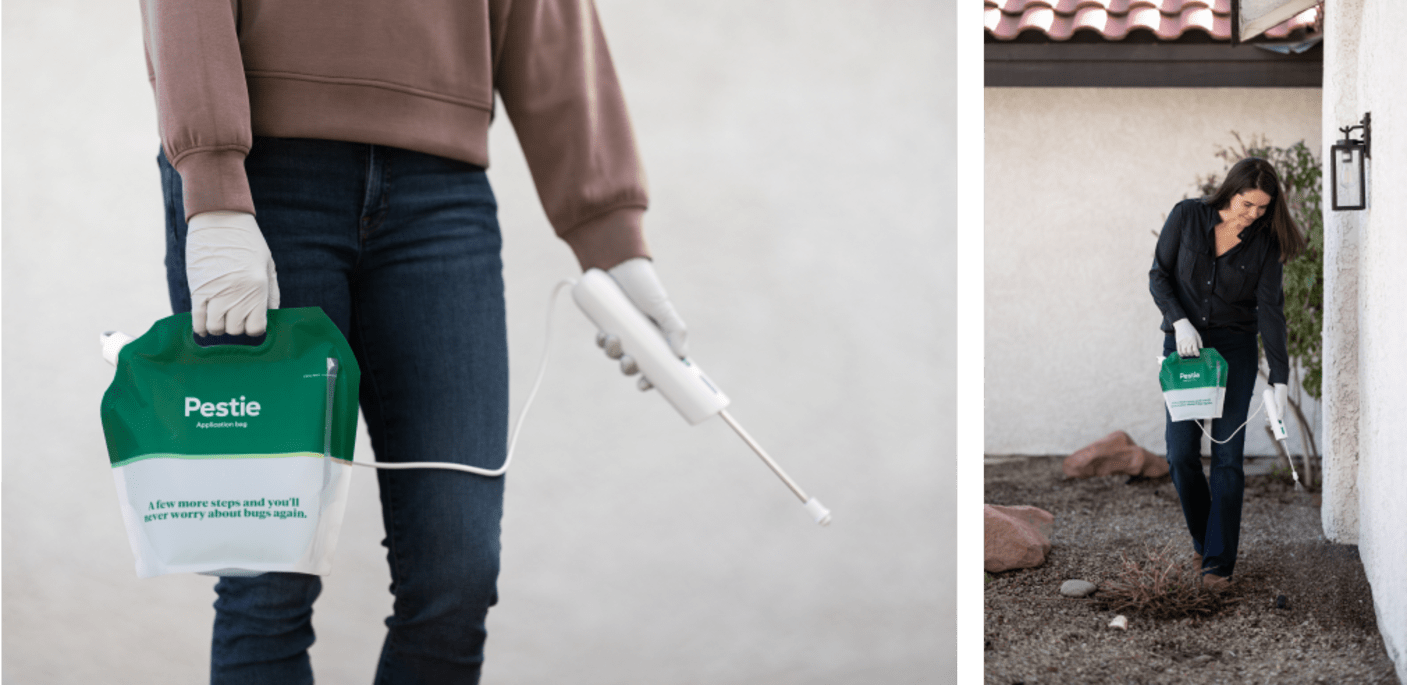How to identify and get rid of bed bugs
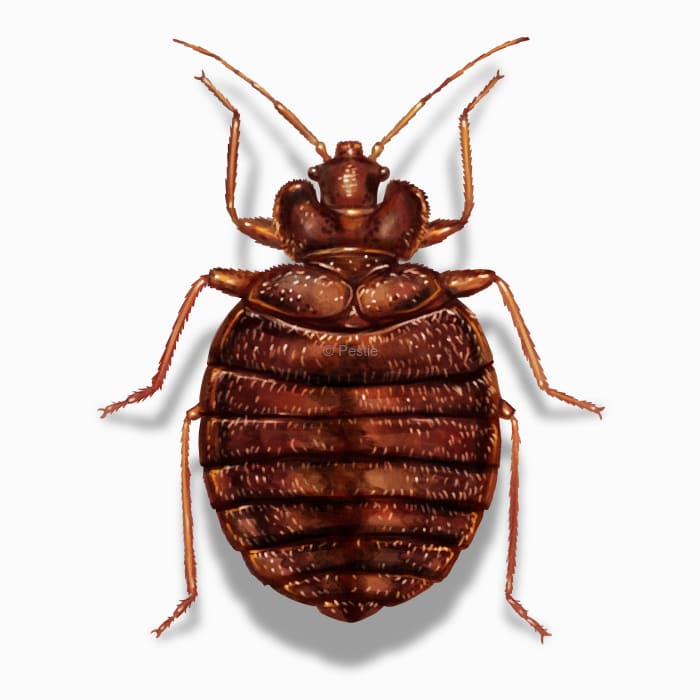
Sleep tight: how to not let the bed bugs bite
Sometimes, comebacks aren't the underdog story we want to hear. That's true for the resurgence of bed bug infestations in the United States and throughout the world.
Bed bugs feed on human blood, typically at night while you are sleeping. Hence the name "bed" bug. They crawl from their hiding places in your mattress, bite on exposed skin, and leave itchy, red marks on your arms, legs, back, face, or neck.
Even though bed bugs have been sucking our blood for the past 3000 years or more, there was a time when we had pretty good control over them.
However, with increased global travel and less vigilant efforts, bed bugs are becoming more of a problem in homes. But it's not just homes that they can be found. There have been reports of bed bugs in hotels, schools, restaurants, movie theaters, and public transportation.
Bed bugs are great hitchhikers. They can often attach to clothing, luggage, or other materials and establish their new homes wherever they end up.
How to identify bed bugs
Bed bugs are small bugs about the size of an apple seed. They have a large oval-shaped abdomen that is brown and flat if they haven't been feeding and then becomes reddish and round once they are full of blood. Like all insects, they have six legs and two antennae but lack wings.
They have mouthparts that are adapted for sawing into our skin to suck our blood without us feeling it.
Bed bugs are masters of hide and seek. They prefer to spend the day in the seams of mattresses or furniture and then crawl out at night, attracted to warmth and carbon dioxide.
It's best to look for bed bugs under bedsheets and along mattress seams. They will also hide in many cracks and crevices of a bed frame. There's an inspection technique that if you can fit a credit card in the crack, bed bugs can fit, too!
Also, look for red blood spots on bedsheets, black feces stains, and molted skin.
How big are bed bugs?
Adults are about the size of an apple seed or about ¼ inch long.
What other pests look like a bed bug?
Other insects, like fleas, small cockroaches, or carpet beetles, can look very similar to bed bugs. Carpet beetles and cockroaches are rounder and have different color patterns, while fleas are smaller and jump when disturbed.
Where do bed bugs live?
Bed bugs can be found all over the United States and worldwide. Their primary places of infestation include bedrooms, but they can also hide in furniture, baseboards, electrical outlets, and luggage.
How to get rid of bed bugs
Bed bugs can be very difficult to eradicate without proper treatment and hiring a professional is typically the most effective for bed bug infestations. While Pestie is a great indoor treatment and helpful in preventing bed bugs, we don’t recommend the Smart Pest Plan for active bed bug infestations.
Here are some tecniques to try before calling a professional:
- Diatomaceous earth – Lightly dust diatomaceous earth around and on bed posts, along seams of the mattress and gaps in the bed frame, around and in power outlets, and along baseboards of the room
- Heat – Bed bugs die almost immediately at 122°F. This can be achieved by washing and drying sheets and clothes on high heat, using a steamer along hiding places, or calling a professional to heat treat the entire home. If clothing or bedding doesn’t allow for a dryer, hang items in full sun.
- Seal up your bed – You can encase your bed in a protective cover to trap any bed bugs.
- Vacuum and declutter – Make sure to frequently vacuum your room and reduce any clutter in the room. Make sure to throw the trash bags and vacuum bags in the garbage outside.
What doesn't work:
- Electronic pulse repellers – These devices plug into an outlet but are ineffective at repelling bed bugs
- Dryer sheets and essential oils – While these may be good at repelling bed bugs temporarily, they won't get rid of them
- Foggers – Bed bugs can hide in cracks and crevices to escape the pesticide
- Direct spray pesticides – Many bed bugs have developed resistance to pesticides and won't die from these chemical sprays
Treat bed bugs with Pestie
If you're still having trouble keeping bed bugs away, the best option is to use a pro-grade, effective pest control solution like Pestie.
Pestie is a do-it-yourself pest control solution that's specially designed to keep bed bugs and other pests away from your home.
With Pestie, you can rest easy knowing that your living space is protected and free of creepy crawlies. And the best part? It's designed for people, pets, and the planet, so you can say goodbye to harsh chemicals and hello to peace of mind!
- Save hundreds compared to traditional annual pest plans
- People, pet, and planet-friendly
- Pro-grade customized formulas
Quick facts
How dangerous are Bed Bugs?
Medium danger risk
While bed bugs don't transmit diseases, their bites can cause allergic reactions, skin infections, and stress.
- Scientific name
Cimex Hemipterus
- Colors
Brown to reddish-brown
- Life span
10 months to 1 year
- Diet
Blood
Before the 1950s, 30% of homes were infested with bed bugs. There's a reason the saying "Good night, sleep tight, don't let the bed bugs bite" was so popular throughout history.
